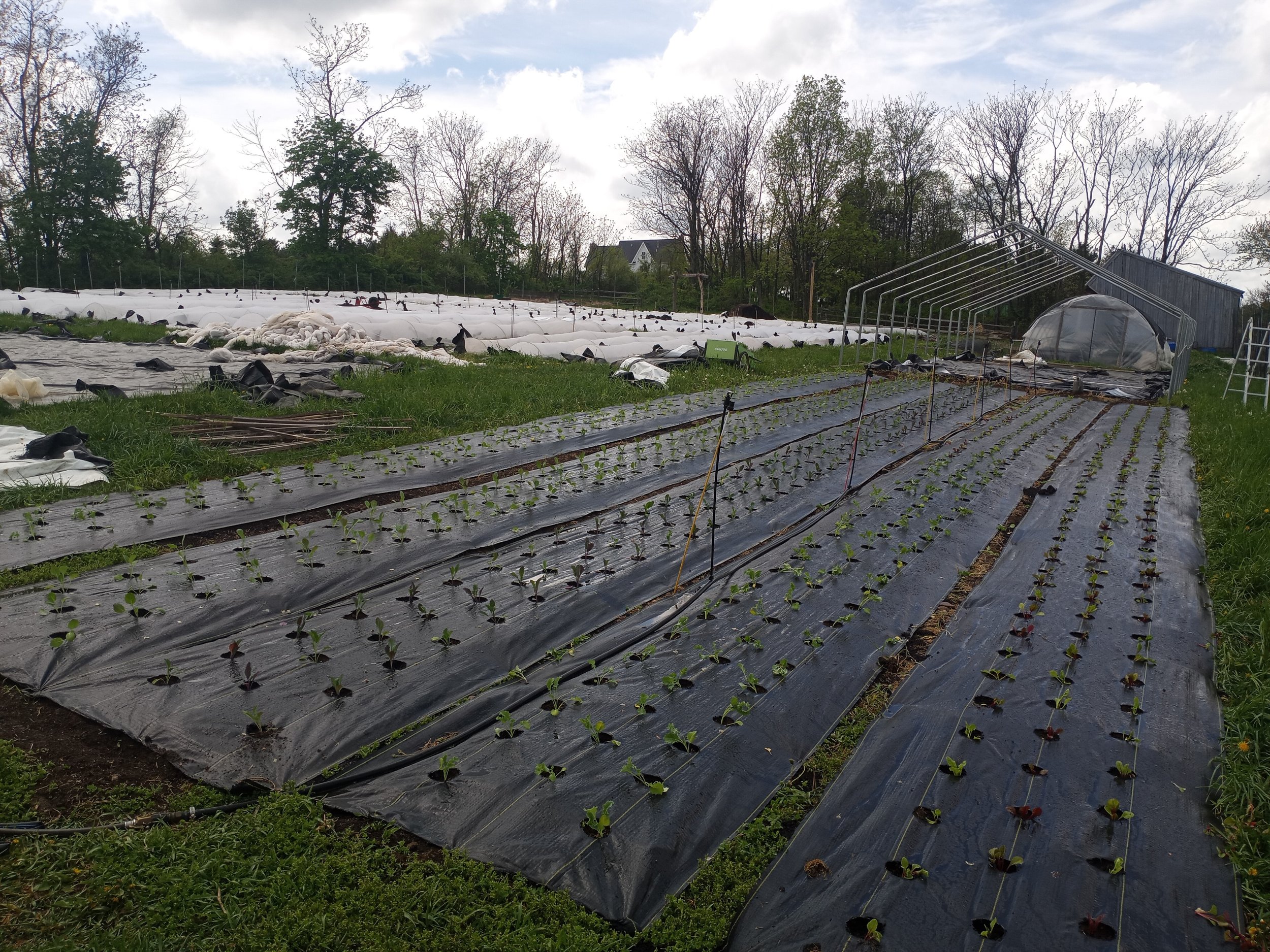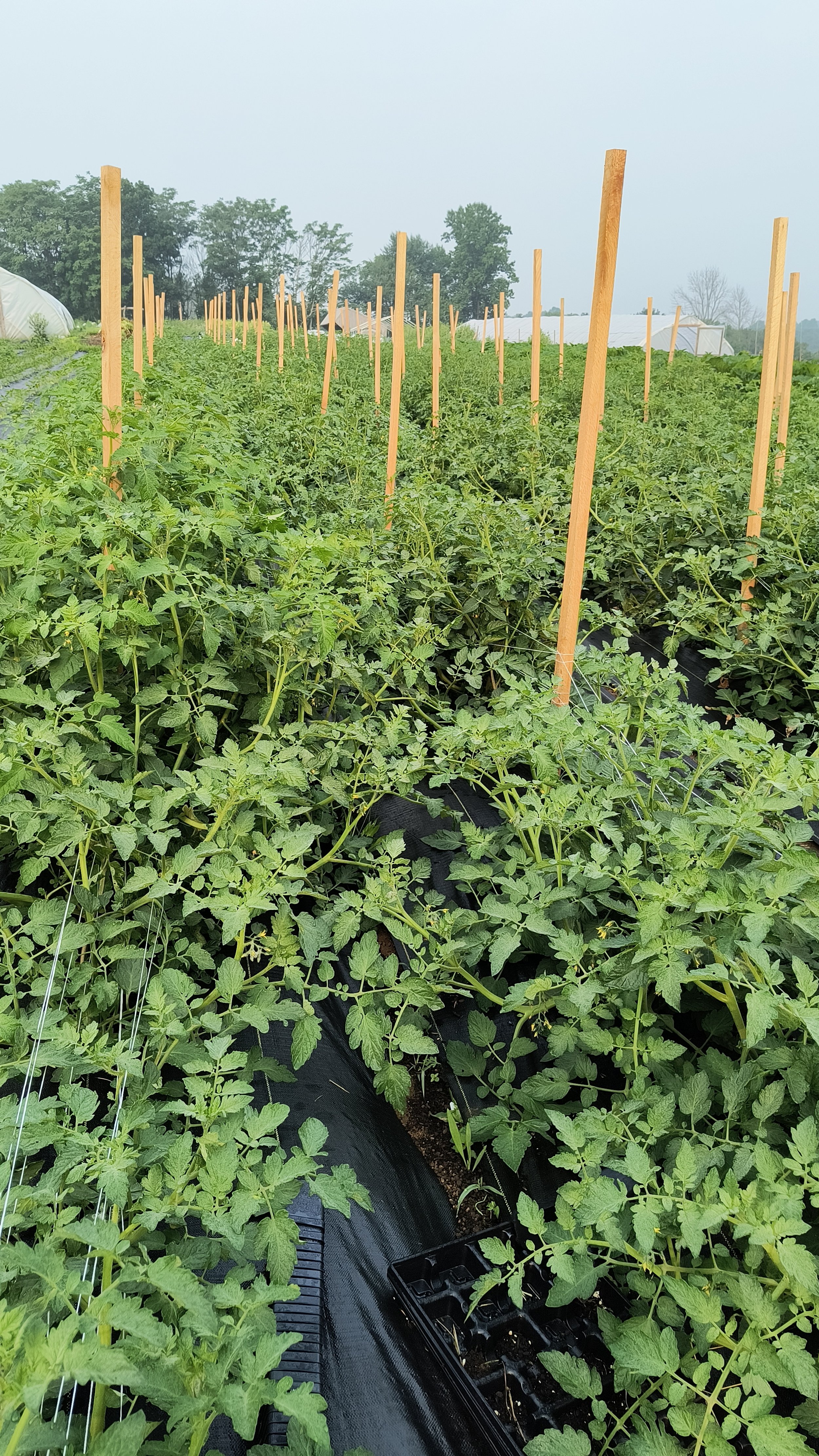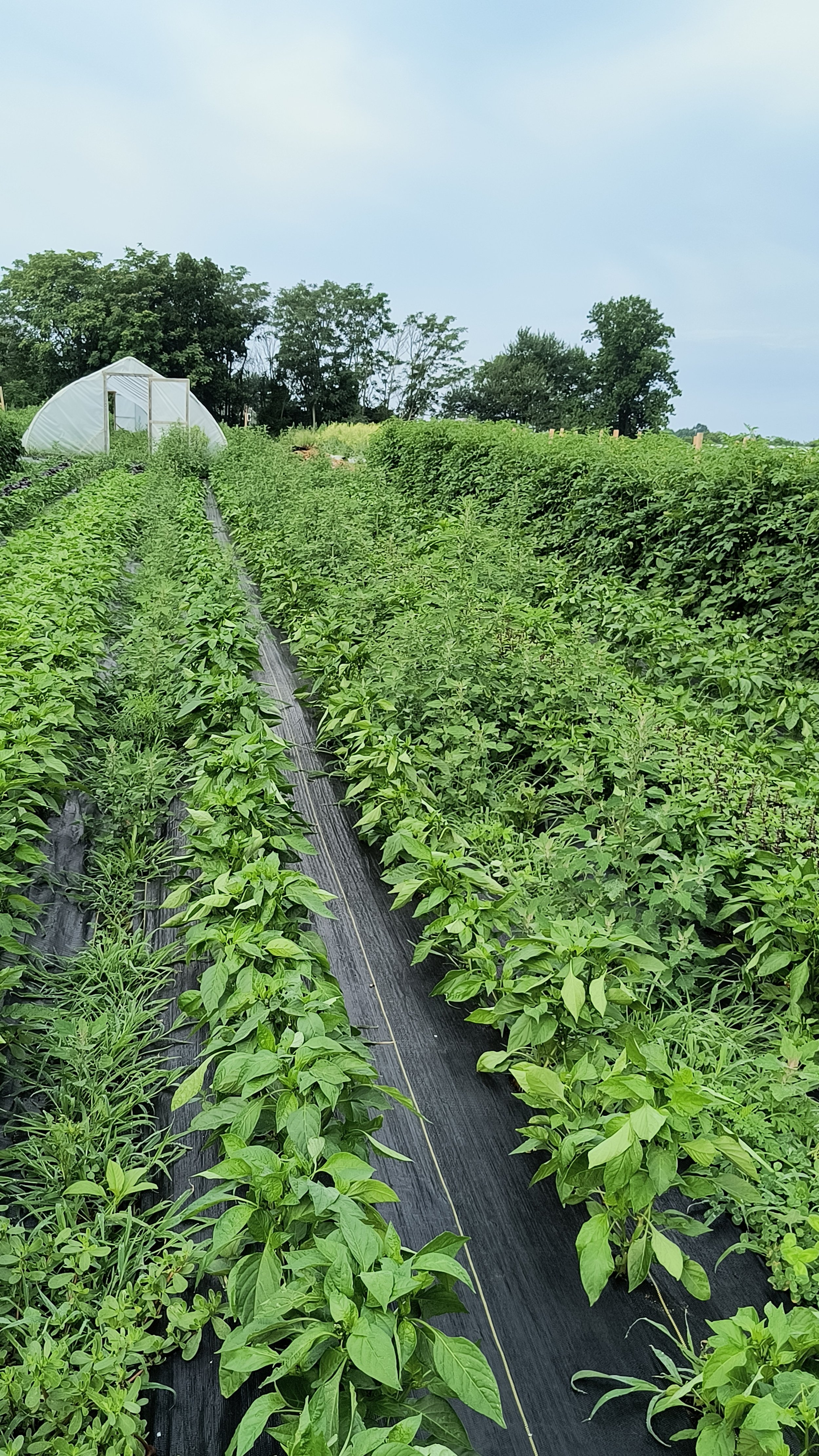Agrarian Revolution
Every kingdom divided against itself will be ruined, and every city or household divided against itself will not stand. (Matthew 12:25)
One of the reasons I became a farmer was to find a connection to a world I found hostile to all of my ethics and morals. A world where the self is more important than something greater. A world where exploiting people and land for the benefit of the self is the normal mode of operation and seen as strength and something to emulate. A world of manipulation and deceit perpetually poisoned by chemicals and inorganic environments, moving ever closer to a complete separation from the Creation we are part of. In a world where we are bombarded with messages of how different and wrong and bad the other is, how can one identify with their fellow man or community or nation when we are taught to hate and judge and be angry about the diverse viewpoints of the many? We aren’t so different, you and I. And you and I aren’t so different from the animal kingdom, or the micro-fauna. or the plants. We all need food, water, sunlight, and comfort. How is it that anything can get in between us and our pursuit of life, liberty, and happiness when all we need are the above natural necessities to be content?
Has it ever occurred to you that most everything you’ve ever thought was because some think tank somewhere came up with a marketing strategy to slip the idea into your subconscious? It was quite simple to convince the whole world that we would all be better off with infinite numbers of flavors, shapes, and colors of food stuffs. We were convinced that laboring was something subhuman and a life worth living was one with the least amount of effort. Now a person needs to seek satisfaction and a sense of accomplishment from outside themselves. We can watch movies, we can spend money, we can have someone else prepare us a meal and we get the false sense of accomplishment as if we actually did something productive. Our brain chemistry has been hacked and used against us to create a society of docile and subservient consumers for an elite class to profit from.
Growing up with the privilege of suburban American life, my only tribulations were with the health complications of malnutrition thanks to the modern American diet. Parents were trained for decades that processed food would make their lives easier, “low fat” alternatives and seed oils are healthier than animal fats, and sugary drinks are of no concern. Decades later, the details are all there about how the big food industry was in the pocket of politicians steering the direction for food guidelines, misleading the American public and ultimately creating the health crisis of chronic illness we are seeing today. (“Big Food” Is Making America Sick) As we moved away from laboring into a sedentary lifestyle all the while eating heavily processed junk from multinational corporations rather than whole natural foods from our neighboring farmer our health and economy have diminished and the only ones to benefit are big pharma and the medical industry and their best friend big food.
So, I became a farmer because all the worlds problems are because we aren’t farmers anymore. If we can change our culture to become food-centric we can cross every problem off the list. More farmers means smaller farms means less consolidation of the food system, more job opportunities and most likely less destructive farming practices helping to build soil for a future of sustainable production. The whole world could become food independent and get back to a diversity of rich cultures with unique cuisine and seed saving and community based festivals where people come together around the harvest and the blessings of natural foods. Moving demand away from trivialities of finance and entertainment and politics we could focus on solving the issues of poverty and food deserts reducing crime by creating employment opportunities and a healthy start for children by the encouragement of eating local seasonal whole foods. Imagine setting aside all of our differences because they are secondary to our similarities. We could all be getting a great sense of connection and accomplishment by working together to improve our communities rather than wondering how we can profit by destroying them so we can rebuild them from scratch in another image. Because odds are, after all is destroyed and things are rebuilt, it will all be in the image dreamed up by a group in some closed door meeting with plans to profit off of the dependence of the people.
After over 10 years of farming, I can tell you that the best thing I ever did was risk it all and sacrifice my time and body to produce healthy food for you beautiful people. From starting as a volunteer, to working for 5 dollars an hour, to putting every penny into our business I wouldn’t change a thing. All the pencil to paper time, the reading, the wondering if the seeds will germinate, the hoping that things will sell, the failures, the blood and sweat. There is nothing in the world that could be more satisfying than working with nature to turn a seed into a beautiful, healthy, and delicious vegetable to share. For other people it might be raising animals for eggs, or meat, or wool. For other people it might be helping the farmer save vegetables by preserving them. For other people it could be helping the farmer and the community to plan the logistics of what eating local looks like and how to get people involved. But it isn’t just food. The creative spirit endowed in us has infinite potential and no robot or AI program can make art like us people. We can make homes from many different natural materials sourced locally. Everyone needs clothes to keep them warm and even express themselves. When we finally decide that the metaverse isn’t really that enthralling, and watching people on youtube just isn’t the same as doing it, we can all meet up outside somewhere and consider how we can make our world a more welcoming place for all to directly participate in. Everyone should leave their desk jobs, let the corporate world go bust and be human again. Get dirty. Get creative. We can all unite under the goal of life, liberty, and happiness. We can all see through the divisive tactics of an outdated system on it’s death throes as it tries desperately to keep the people scared and dependent.
We have and will be self reliant. It is time for our house to unite under a common purpose before this controlled demolition reaches detonation. We won’t need to build back better if we don’t push that plunger. Life is organic, and isn’t simply built. Life needs to be nurtured, cultivated, and directed to flourish for the benefit of all. Let’s get this house in order so we can all be neighbors and stewards together, rather than working another man’s plantation.














































































































